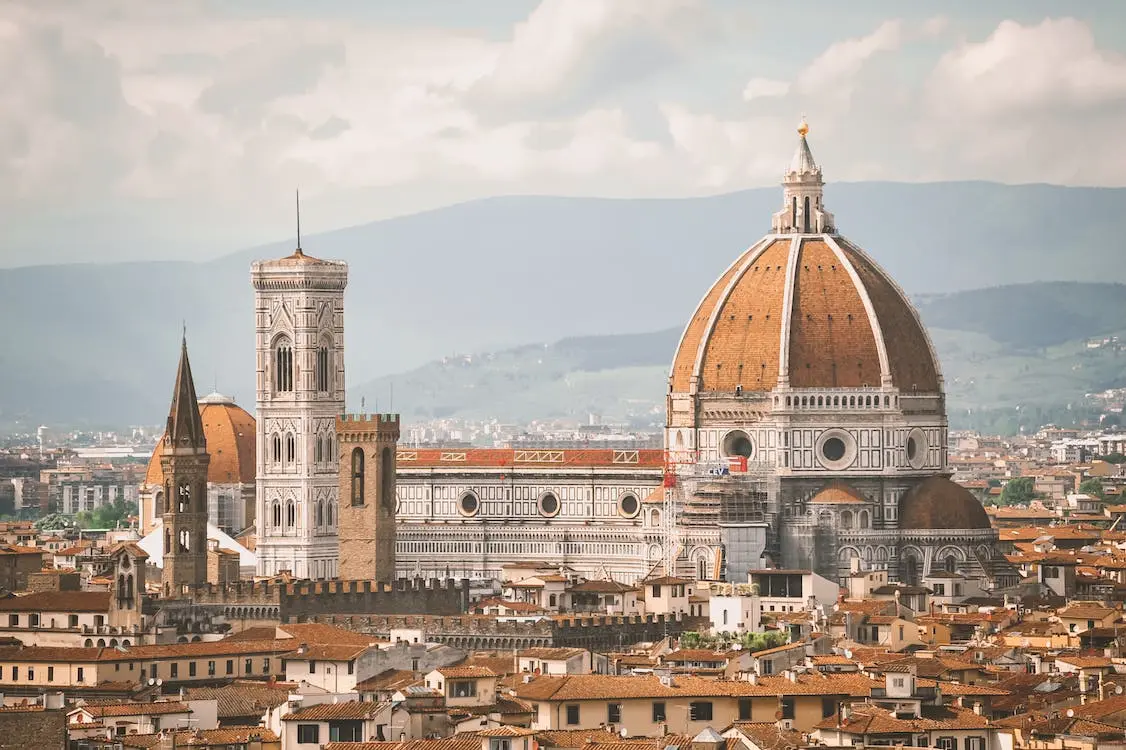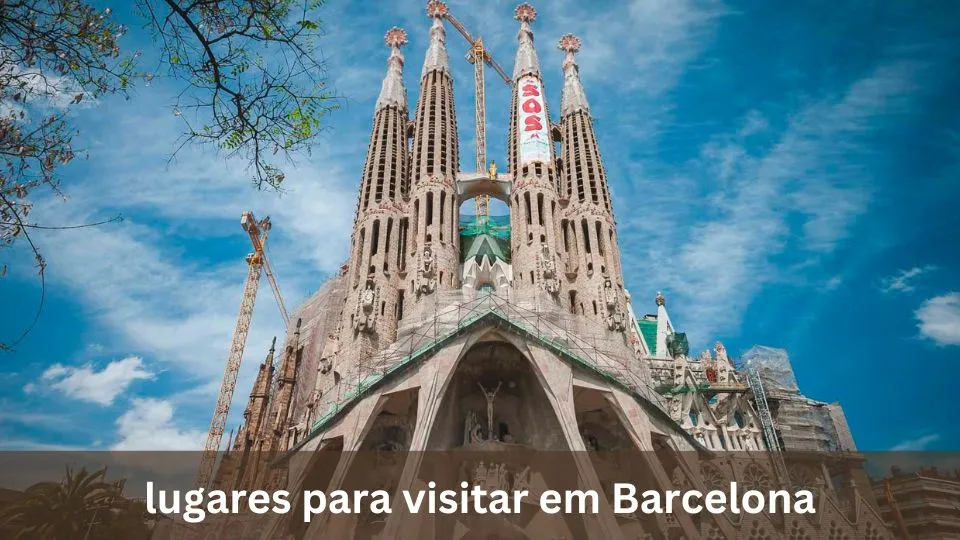Florence, the capital city of the Tuscany region in Italy, is renowned for its rich cultural heritage and artistic legacy. Nestled along the banks of the Arno River, Florence has been a thriving center of art and culture for centuries, attracting artists, scholars, and travelers from all corners of the world. The city’s historical significance, especially during the Renaissance period, has left an indelible mark on the art world. Florence’s galleries house some of the most remarkable artistic masterpieces, showcasing the genius of renowned artists such as Leonardo da Vinci, Michelangelo, and Botticelli. Let us journey through time and explore the top galleries that make Florence an art lover’s paradise.
The Uffizi Gallery
The Uffizi Gallery is one of the best galleries in Florence, situated in the historic center of Florence, and is a testament to the city’s artistic legacy. Originally built as offices for the Medici family in the 16th century, it now houses one of the most renowned art collections in the world. The gallery’s vast halls exhibit masterpieces from the Renaissance period, including iconic works by Botticelli, Leonardo da Vinci, Michelangelo, and Raphael.
Botticelli’s ethereal and enchanting paintings, such as “The Birth of Venus” and “Primavera,” captivate viewers with their delicate beauty and mythological narratives. Leonardo da Vinci’s “Annunciation” mesmerizes with its subtle details and evocative atmosphere. The gallery also showcases Michelangelo’s powerful “Tondo Doni” and Raphael’s mesmerizing portraits, such as “The Madonna of the Goldfinch.” The Uffizi Gallery’s architecture itself is a sight to behold, with its grandiose corridors and panoramic views of the Arno River.
The Accademia Gallery
The Galleria dell’Accademia is one of the top galleries in Florence and is home to one of the most famous sculptures in the world—the magnificent Statue of David by Michelangelo. The Accademia Gallery Artworks capture the essence of the Renaissance with its impeccable craftsmanship. The gallery also features a collection of Michelangelo’s unfinished sculptures known as the “Prisoners” or “Slaves,” offering a glimpse into the artist’s creative process. Marvel at the sheer mastery of Michelangelo’s works as you explore this gallery.
Beyond David, the gallery houses a collection of Michelangelo’s lesser-known works, including the unfinished sculptures known as the “Prisoners” or “Slaves.” These sculptures offer a unique glimpse into Michelangelo’s creative process, showcasing the artist’s ability to capture raw emotion and movement within the stone. With Accademia Gallery tickets get an intimate encounter with Michelangelo’s genius, allowing visitors to appreciate his sculptures’ intricate details and sheer grandeur.
Palazzo Pitti
Palazzo Pitti, a grand palace on the left bank of the Arno River, is a cultural complex comprising several museums and galleries. The Palatine Gallery within Palazzo Pitti houses an exquisite collection of Renaissance and Baroque paintings and is known as the top galleries in Florence. Adorned with sumptuous tapestries and ornate frescoes, the gallery transports visitors to the opulent world of the Medici court.
Raphael’s “Madonna della Seggiola” and Titian’s “The Venus of Urbino” grace the walls of the Palatine Gallery, showcasing the mastery of these renowned artists. Caravaggio’s chiaroscuro masterpiece, “Bacchus,” adds a touch of dramatic allure to the collection. As visitors traverse the opulent rooms and corridors, they can also explore the Royal Apartments, which provide insight into the luxurious lifestyle of the Medici rulers.
Bargello National Museum
Housed within the historic Bargello Palace, the Bargello National Museum is a hidden gem for sculpture enthusiasts. This museum presents an extraordinary collection of Renaissance sculptures, showcasing the evolution of the art form during this transformative period.
Donatello’s bronze statue of David, standing as a symbol of Florence’s resilience and independence, is a highlight of the museum. The sculpture exudes a sense of strength and confidence, reflecting the spirit of the Renaissance. Michelangelo’s “Bacchus,” with its exquisite details and lifelike expression, demonstrates the artist’s unparalleled skill in capturing the human form. The Bargello National Museum also houses works by other prominent sculptors, such as Verrocchio, Cellini, and Giambologna, allowing visitors to appreciate the diversity and innovation of Renaissance sculpture.
Museo dell’Opera del Duomo
Located near Florence’s iconic cathedral, the Museo dell’Opera del Duomo preserves a remarkable collection of religious art and sculpture associated with the Duomo complex. The museum offers a glimpse into the artistic and spiritual heritage of Florence, showcasing works from the cathedral itself and the Baptistery.
The highlight of the museum is Ghiberti’s “Gates of Paradise,” the stunning bronze doors of the Baptistery. These doors depict biblical scenes with remarkable intricacy and detail, showcasing Ghiberti’s mastery of bronze casting. The museum also houses Michelangelo’s poignant “Pieta,” a sculpture that conveys profound emotions of grief and devotion. Additionally, visitors can explore a wide range of religious artifacts, including paintings, liturgical objects, and architectural models, providing insights into the religious practices and artistic craftsmanship of the Renaissance.
Conclusion
Florence’s top five galleries offer an immersive journey into the vibrant and transformative world of Renaissance art. The Uffizi Gallery stands as a beacon of Renaissance splendor, displaying the works of Botticelli, Leonardo da Vinci, Michelangelo, and Raphael. The Galleria dell’Accademia showcases the iconic statue of David, allowing visitors to marvel at Michelangelo’s mastery. Palazzo Pitti offers a regal experience with its Palatine Gallery and Royal Apartments, housing works by Raphael, Titian, and Caravaggio. The Bargello National Museum unveils the captivating realm of Renaissance sculpture, featuring masterpieces by Donatello and Michelangelo. Lastly, the Museo dell’Opera del Duomo provides a glimpse into the religious and artistic heritage of Florence, with Ghiberti’s “Gates of Paradise” and Michelangelo’s “Pieta” as its highlights.
Exploring these best galleries in Florence is a transformative experience, immersing visitors in the artistic brilliance and cultural legacy of the Renaissance. Each gallery unveils a unique facet of this extraordinary era, allowing visitors to witness the innovation, beauty, and humanistic ideals that shaped the Renaissance. A journey through these top galleries in Florence is a pilgrimage for art enthusiasts, providing a profound appreciation for the enduring influence of Renaissance art on the world.






